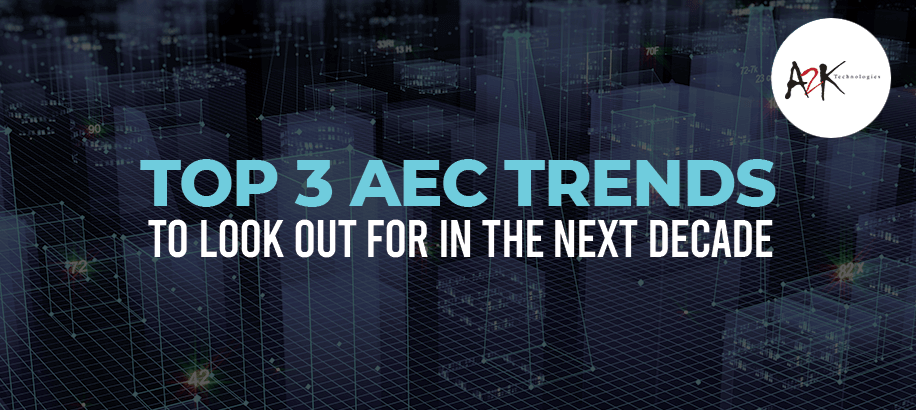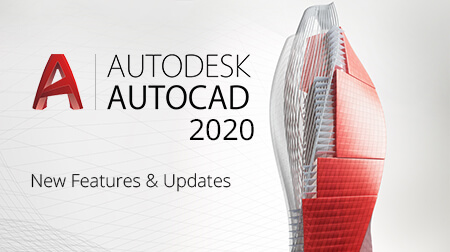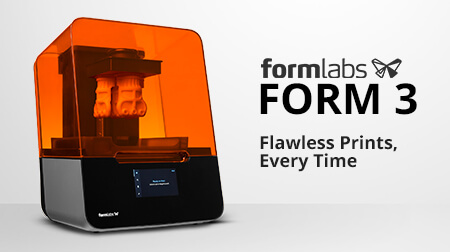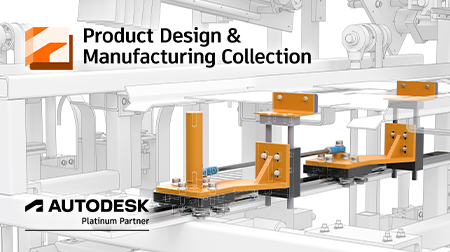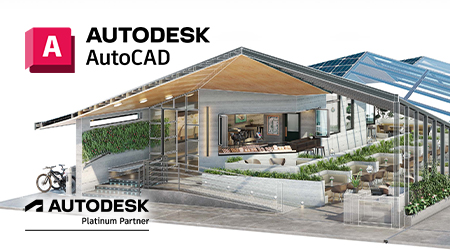Top 3 AEC Trends to look out for in the Next Decade
Less than 20 years ago, Building Information Modelling or BIM was an upcoming trend almost no one in the AEC industry had even heard of. But today, BIM is now the cornerstone of design, engineering, and construction.
As we have entered another decade, what are the up-and-coming industry trends that we should have on our radars?
Let’s explore the top 3 AEC Trends to look out for in the Next Decade.
1 - Generative Design
At number 1, Generative Design for AEC, right now, draws many close comparisons to the early days of BIM. Generative design allows its users to optimise designs for cost and performance through computer permutations, which will help to narrow down your options in a matter of minutes. We are still only just discovering how it will affect a designer’s role into the future. But one thing is for sure – its ability to be run efficiently will mean designers will have even more time to strategise.
Many generative design tools still require advanced skills with coding and terminology however, that is quickly changing because accessibility for all designers is essential. Project refinery, a generative design beta, will have a huge impact as it can quickly explore and optimise Dynamo designs. Its integration with BIM will make the process a game changer. In this decade, Generative Design will change the way you work.
Click to learn more about the Product, Design and Manufacturing Collection.
2 - Robotics
As processes in the modern world become more automated, it is hard to talk about the future without mentioning the second trend – Robotics. It has made massive inroads in digital construction. The benefits include from safety to cost-savings and accessibility. Robotics is taking place on on-site work and even in a design firm’s office. It is exciting to see where this technology is heading in the next few years.
Boston Dynamic’s SPOT the robot dog, was designed to go where people and drones cannot. Spot uses its censors and collects data to map the environment through its integration with BIM. Clash detection and triggering RFIs may well be in SPOTS future given enough processing power, or connectivity to a cloud service.
Other robotic endeavours include the Shimizu Corporations’ Shims Smart Site – an impressive building construction system that links robots with AI to BIM. There are currently three robot types being developed – one for transporting, one for welding, and another as a do-it-all “buddy” that can insert hanger bolts, ceiling boards, and panels.
But the future of robotics go beyond worksites, and directly into an architect’s office space. Perkin + Will have developed a Mobile Robotic Assistant for Architectural Design at the Autodesk Technology Center in Boston.
The robot, pronounced as “Em-Rad”, can quickly and easily execute tasks with 10 different tools by picking up one tool for a procedure, replacing it in its holster, and then moving on to the next.
MRAAD literally gives architects an extra arm for easier model making, hot wire cutting, CNC milling for subtractive manufacturing, and much more.
3 - Digital Twin with Artificial intelligence, the internet of things, and BIM
At trend number 3 - Digital Twin with Artificial intelligence, the internet of things, and BIM are set to converge more and more over the coming decade. Data is vital, and it’s a central component to all three of these technologies. When brought together, BIM+AI+IoT is known as the digital twin and it will help better manage and understand the performance of the built environment.
For example, start-up Hacka Labs—incubated at the Autodesk Technology Center in Boston—developed a smart door equipped with IoT and sensors that monitor smoke, temperature, humidity, and more. It also has its own onboard processer, making local AI possible. The operating system communicates natively with Autodesk software so all monitoring and controlling happens in a BIM model.
The digital twin will be handy in the operations phase since owners and operators experience 70% of the cost of ownership for a building during that period. Optimising building performance is crucial, especially with energy management. Buildings produce 40% of the world’s carbon footprint. Getting to know their energy performance is an important step in optimising systems to emissions, and the digital twin can make that possible.
With more than 30 billion (and increasing) IoT devices already installed in buildings, the capability of AI to examine huge amounts of data, and the insights and visibility provided by BIM, buildings will be more efficient, generate less carbon, and be more durable for the future.
And there you have it – the three trends that are expected to revolutionize the AEC industry in the coming decade. But they are by no means the only trends on the horizon during this exciting time of innovation.
With the global population continuing to surge, there is a need for more buildings, more homes, and more infrastructure. In the face of a looming climate catastrophe, these trends showcase how our industry is rising to the occasion to create a more dynamic and sustainable future for the decades to come.
Watch the video below:
You can contact us today at info@a2ktechnologies.com.au to learn more about the technologies discussed, the Product Design and Manufacturing Collection and the Architecture, Engineering and Construction Collection.


